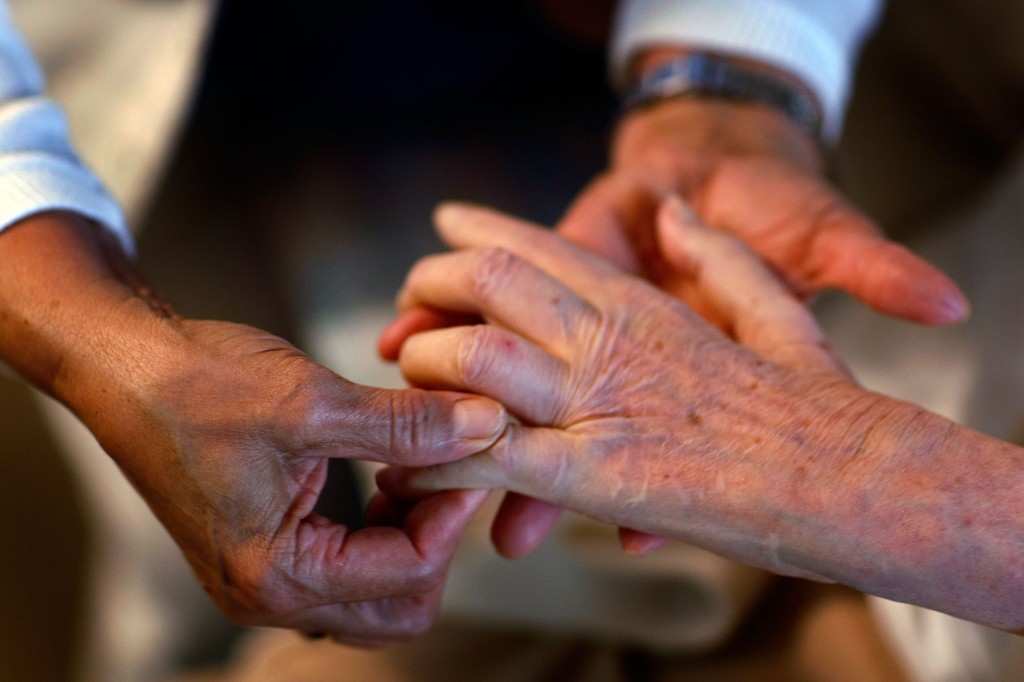LatinaLista — It’s long been argued that immigrants do the jobs many Americans don’t want to do. There’s no sector of the US economy where that’s more true than in the direct care industry — but with a special twist not likely found in other immigrant-heavy occupations.
Direct care is defined as providing hands-on care to seniors and people with disabilities, whether it’s in nursing homes, assisted living centers, or home health visits. They’re usually known as home health aides, personal care aides, and nursing home assistants.
A new study by PHI PolicyWorks, a national strategy center that advocates for the direct care workforce, confirmed what the casual observer of the direct care workforce sees – many of the workers taking care of our loved ones or friends are immigrants.
It’s estimated that 1 million immigrants work in the direct care workforce overall, the majority being women. Fifty-six percent (480,000) are U.S. citizens by naturalization and 44 percent (380,000) are not U.S. citizens.
While duties range from changing soiled clothes and bedsheets, to feeding, bathing, taking blood pressure, administering medication, making home visits and engaging with a clientele, and their families, who can be both demanding and vulnerable, the majority of immigrant direct care workers work in the home care sector.
In five states — California, Florida, Hawaii, New Jersey and New York — 40 percent of the direct care workforce are immigrants. While these immigrants come from a host of countries, the top three countries of origin are Jamaica, Mexico and the Philippines, with Spanish being the most common language spoken at home among them.
Yet, a curious find of the study was:
immigrant direct care workers have higher percentages of higher education degrees and are generally older, with a median age of 48.
Yet, even though this segment of the direct care workforce has more education, they, on average, only earn about $19,000 a year and either work part-time or part-year. As a result, many live in poverty and have to rely on public benefits to survive.
It’s a sad irony that while they struggle to attain the ‘American Dream,’ the people they care for are living out their golden years better because of them.



